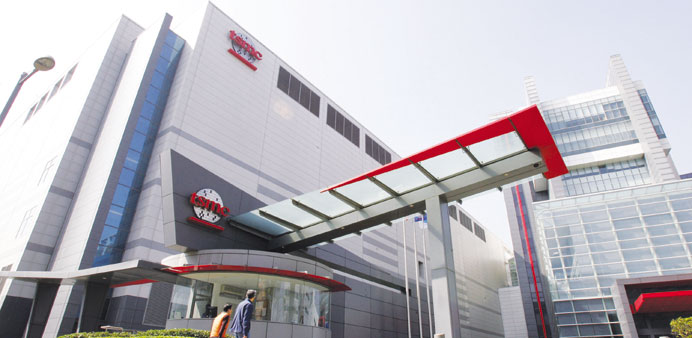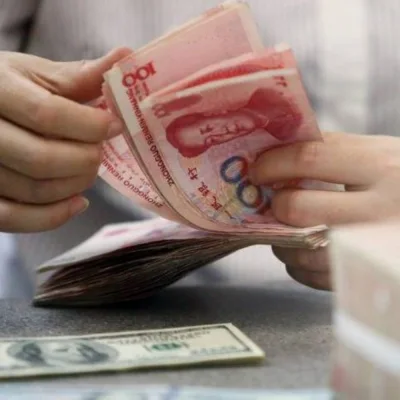People enter the Taiwan Semiconductor Manufacturing Co headquarters in Taiwan. Rising demand for wireless devices combined with an increased share of each smartphone sold globally prompted TSMC to boost its full-year industry growth target.
Taiwan Semiconductor Manufacturing Co (TSMC) targets record revenue in the second quarter as more of the company’s chips are installed in high-end smartphones to power increasingly complex features.
The world’s largest contract chip producer also aims to grab market share from rivals such as Samsung Electronics Co and Intel Corp on demand from phone makers, whose custom pushed first-quarter earnings up by a fifth.
Smartphone sales grew 36% in the fourth quarter, showed the latest data from researcher Gartner, with low-end phones in emerging markets constituting the centre of growth while sales of high-end phones in advanced economies slow.
Yet high-end phones equipped with Long-Term Evolution (LTE) wireless technology will drive TSMC’s revenue several percentage points beyond the overall industry, as will phones with advanced features such as image and fingerprint sensors which require more chips, said co-Chief Executive Mark Liu on Thursday.
“Demand in smartphones appears healthier than we expected last quarter,” Liu said at an earnings briefing for analysts alongside fellow CEO C C Wei. TSMC reported its eighth straight quarter of profit growth in January-March at T$47.9 billion ($1.59 billion), compared with the T$43.2 billion mean estimate of 19 analysts.
The company previously reported first-quarter revenue of T$148.22 billion, 11.7% more than a year earlier, and 7.3% more than forecast in January. “We enjoyed strong orders across all segments,” Liu said at the briefing. TSMC projected second-quarter revenue in a range of T$180 billion to T$183 billion. The company declined to disclose its current or targeted market share for high-end smartphone chips.
Shares of TSMC have risen about 15% since the start of the year versus 2.8% in the Taiwan SE Weighted Index . They closed 0.8% lower ahead of the earnings release, compared with a 0.2% rise in the benchmark. Asia’s 10th biggest company by market value has been able to consistently profit thanks to the spread of smartphones such as those from Apple, industry watchers say, as well as its ability to produce a high degree of defect-free chips.
The firm recorded an operating margin of 35.4% in the first quarter and projected its second-quarter margin to be in the range of 36.5% to 38.5%.



